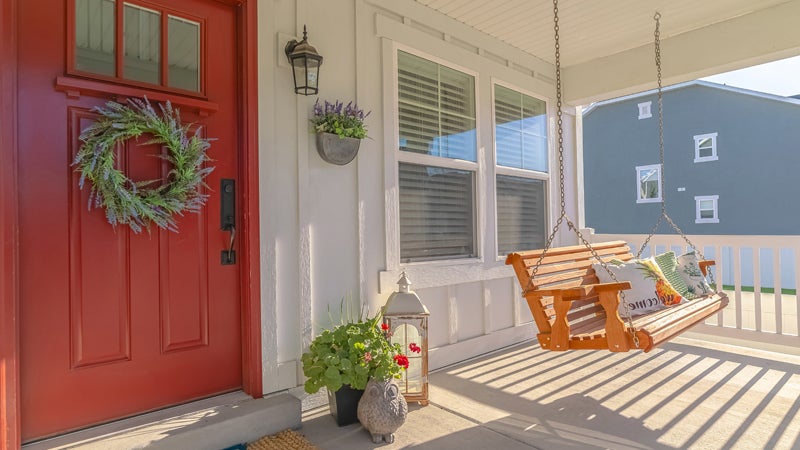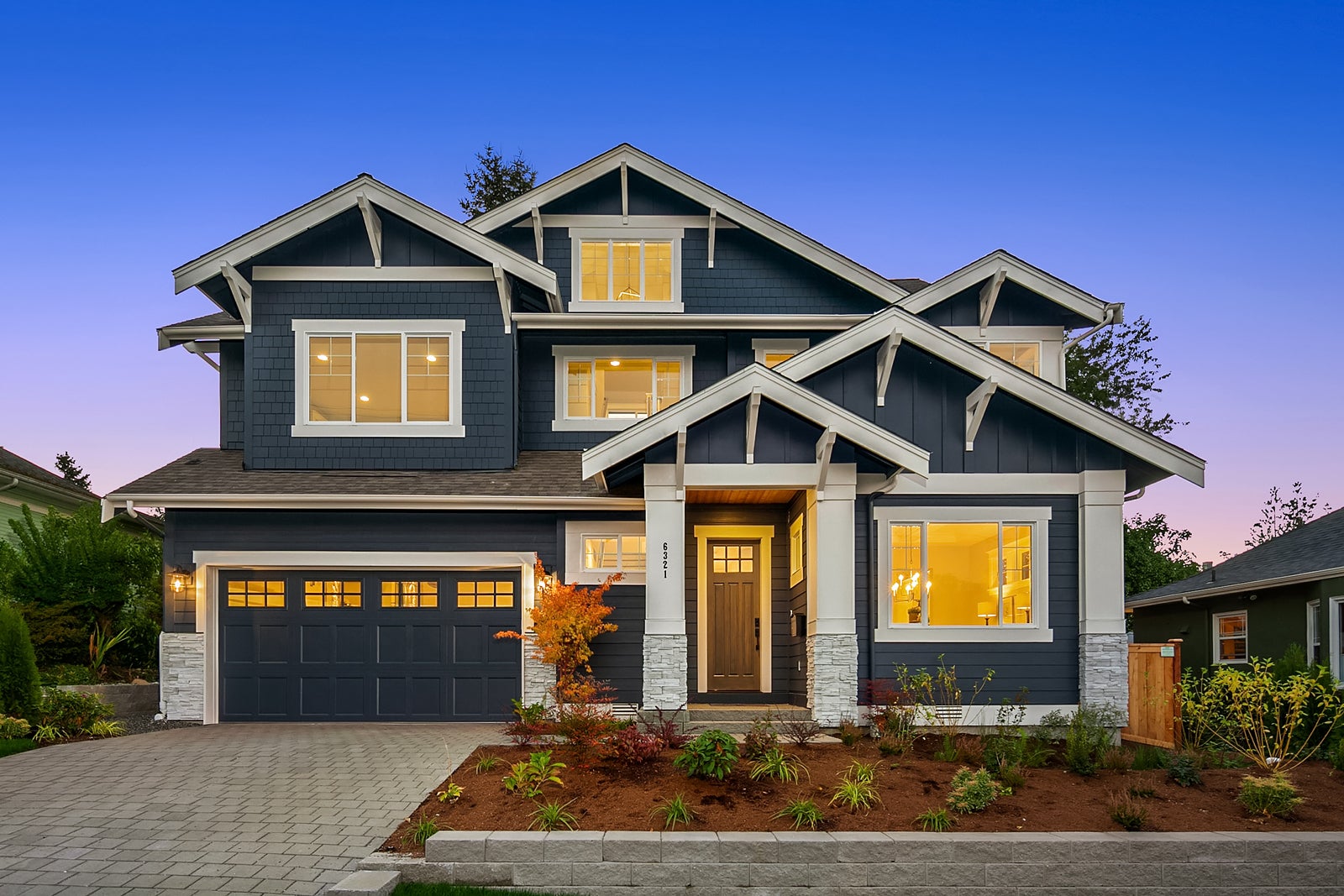One of the first things that you might notice after moving to Seattle is the prolific amounts of fruit trees. Apples, pears, plums, and cherries grow abundantly throughout parks and neighborhoods in the city. Gardens here produce high-volumes of flowers, vegetables, and berries. South facing front yard green spaces are popular, and people enjoy being out in the elements growing organic food.
The mild climate and abundance of rain in the Pacific Northwest allow a front or back yard gardener to grow a healthy variety of fruits, vegetables, and leafy greens. With the right equipment, you can have a garden all year long. Empty, run down lots, overgrown with weeds often hide an apple tree or two, still producing in the fall.
Now that it’s spring, and it’s time to begin planning your garden. Even apartment dwellers can find a sunny window for an herb garden or a patio to grow a tomato plant. You don’t need much space to grow your favorite vegetables. If you can’t find the space or crave more, there are a number of ways to get your hands dirty in your own soil or lending a hand to others.
Food forests are a relatively new concept. Volunteers utilize city spaces, grants and donations to plant fruit and nut trees, berry shrubs, herb, and vegetable gardens that produce yields available to anyone at absolutely no cost.
- The Beacon Food Forest is on 15th Avenue South and South Dakota Street. Just North of Beacon Hill and a short walk from the VA hospital. This amazing seven-acre city project produces crops for a working-class neighborhood that historically is short on food. The idea began in 2009, and it took several years of planning and a lot of hard work, but now it’s a Garden of Eden within city limits. Fruit and nut trees, berry bushes and edible annuals greet you around each corner. Fanciful paintings, art installations and garden paths weave through the space creating a utopia within two miles of the city center. The Beacon Food Forest has a berry patch, nut grove, fruit orchard, medicinal garden, and annual vegetables.They’re working their way up to housing 1,000 varietals of plants after taking a survey of favorites from the diverse neighborhood residents surrounding the property. They’ll eventually have trees, plants, and shrubs from around the world. They host a variety of classes offering things like seed harvesting and starts, fruit tree pruning, and herbalist plant walks. The forest is a work in progress and volunteers are working in phases to bring it to fruition. Volunteers are always welcome to get their hands dirty while meeting new friends and learning sustainable gardening skills in the process.
- Georgetown Urban Farm and Forest (GUFF) at 6737 Corson Avenue South, is located just outside of the Georgetown campus. It’s in an area known for being a food desert and an industrial space. Organizers decided in 2015 to do something about it and started this food forest for the community. The area used to house a landfill, which has led to some setbacks. Site organizers are determined to rebuild the soil. For now, they have space for raspberries, medicinal plants, and raised bed vegetable gardens. The community is excited to have GUFF as a resource for fresh food, education and much needed healthy, living space within an industrial area.
- Rainier Beach Urban Farm and Wetlands (RBUFW) is on 5513 South Cloverdale Street in South Seattle. It sits on the shore of Lake Washington in a space that used to be under water. When they built the shipping canal, the lake dropped adding this space to the landscape. RBUFW is the newest of the Food Forests, and due to some hefty donations they’re off to a great start. Three greenhouses, a classroom, and a teaching kitchen are all situated on site. They offer Dozens of classes for kids and adults on sustainability, cooking, and livestock.
- Puget Ridge Neighborhood Edible Park located at 5265 18th Avenue SW in West Seattle. The edible park sits on a ¾ acre of neighborhood space. The land has established apple, plum and pear trees and grape vines that were already there when the neighborhood garden began. From March through October volunteers meet here the second Sunday of each month and every Thursday from 4:00 – 6:00.
If you aren’t close to the food forests, or if you’d like your own space to tinker. Seattle neighborhoods offer P-Patch community gardens where residents can rent a gardening patch to grow anything you want. Each of the P-Patches is on a waiting list, and it’s a good time to throw your name down if you’re interested.
If you like to garden with others check this list of organizations, they’re always looking for volunteers to help out.
Take a look at the website Falling Fruit for your neighborhood and favorite park spaces. It’s an interactive website that allows readers to log in fruit trees around town. Look at the map and notes before you harvest, a lot of the trees saved are on private property.
There are thousands of trees on city land that are open for picking, make sure it’s legal before you do. If the tree is on private property, even if the branches hang onto city streets, ask the homeowner if you can pick. It’s the polite and neighborly thing to do. Enjoy the coming summer of bounty, Seattle will soon be bursting with sweet, bright fruit. Just keep your eyes open and upward and you’ll find it.




